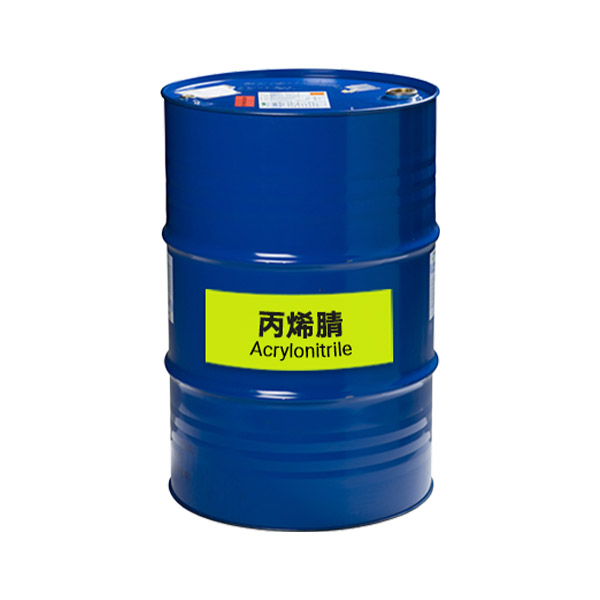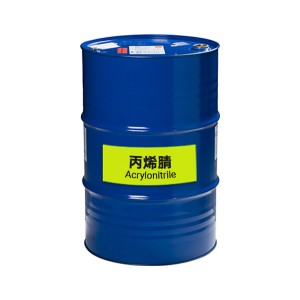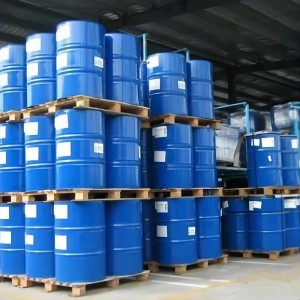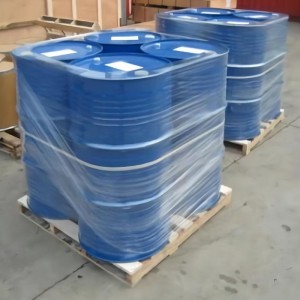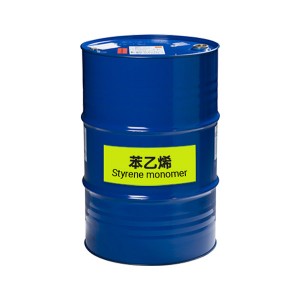
Products
Acrylonitrile for NBR
Acrylonitrile for NBR,
Acrylonitrile for NBR Nitrile,Acrylonitrile for Acrylonitrile Butadiene Rubber,Acrylonitrile for Nitrile rubber,
NBR (Nitrile), chemically, is a copolymer of butadiene and acrylonitrile. Acrylonitrile content varies in commercial products from 18% to 50%. As the NBR content increases, resistance to petroleum base oils and hydrocarbon fuels increases, but low temperature flexibility decreases.
About NBR
Due to its excellent resistance to petroleum products, and its ability to be compounded for service over a temperature range of -35°C to +120°C (-30°F to +250°F), Nitrile /NBR is the most widely used elastomer in the seal industry today. Also many military rubber specifications for fuel and oil resistant O-rings require nitrile based compounds.
It should be mentioned that to obtain good resistance to low temperature, it is often necessary to sacrifice some high temperature resistance. Nitrile compounds are superior to most elastomers with regard to compression set, tear, and abrasion resistance. Nitrile compounds do not possess good resistance to ozone, sunlight, or weather. They should not be stored near electric motors or other ozone generating equipment.
Product Features
| Product Name | Acrylonitrile |
| Other Name | 2-Propenenitrile, Acrylonitrile |
| Molecular Formula | C3H3N |
| CAS No | 107-13-1 |
| EINECS No | 203-466-5 |
| UN NO | 1093 |
| Hs Code | 292610000 |
| Molecular weight | 53.1 g/mol |
| Density | 0.81 g/cm3 at 25℃ |
| Boiling point | 77.3℃ |
| Melting point | -82℃ |
| Vapor pressure | 100 torr at 23℃ |
| Solubility Soluble in isopropanol, ethanol, ether,acetone, and benzene Conversion factor | 1 ppm = 2.17 mg/m3 at 25 ℃ |
| Purity | 99.5% |
| Appearance | Colorless transparent liquid |
| Application | Used in the manufacture of polyacrylonitrile, nitrile rubber, dyes, synthetic resins |
Certificate of Analysis
|
Test |
Item |
Standard Result |
|
Appearance |
Colorless transparent liquid |
|
|
Color APHA Pt-Co :≤ |
5 |
5 |
|
acidity(acetic acid)mg/kg ≤ |
20 |
5 |
|
PH(5% aqueous solution ) |
6.0-8.0 |
6.8 |
|
Titration value (5% aqueous solution ) ≤ |
2 |
0.1 |
|
Water |
0.2-0.45 |
0.37 |
|
Aldehydes value(acetaldehyde)(mg/kg) ≤ |
30 |
1 |
|
Cyanogens value (HCN) ≤ |
5 |
2 |
|
Peroxide(hydrogen peroxide)(mg/kg) ≤ |
0.2 |
0.16 |
|
Fe (mg/kg) ≤ |
0.1 |
0.02 |
|
Cu (mg/kg) ≤ |
0.1 |
0.01 |
|
Acrolein (mg/kg) ≤ |
10 |
2 |
|
Acetone ≤ |
80 |
8 |
|
Acetonitrile (mg/kg) ≤ |
150 |
5 |
|
Propionitrile (mg/kg) ≤ |
100 |
2 |
|
Oxazole (mg/kg) ≤ |
200 |
7 |
|
Methylacrylonitrile (mg/kg) ≤ |
300 |
62 |
|
Acrylonitrile Content(mg/kg) ≥ |
99.5 |
99.7 |
|
Boiling range (at 0.10133MPa),℃ |
74.5-79.0 |
75.8-77.1 |
|
Polymerization inhibitor (mg/kg) |
35-45 |
38 |
|
Conclusion |
The results conform with enterprise stand |
|
Package and Delivery
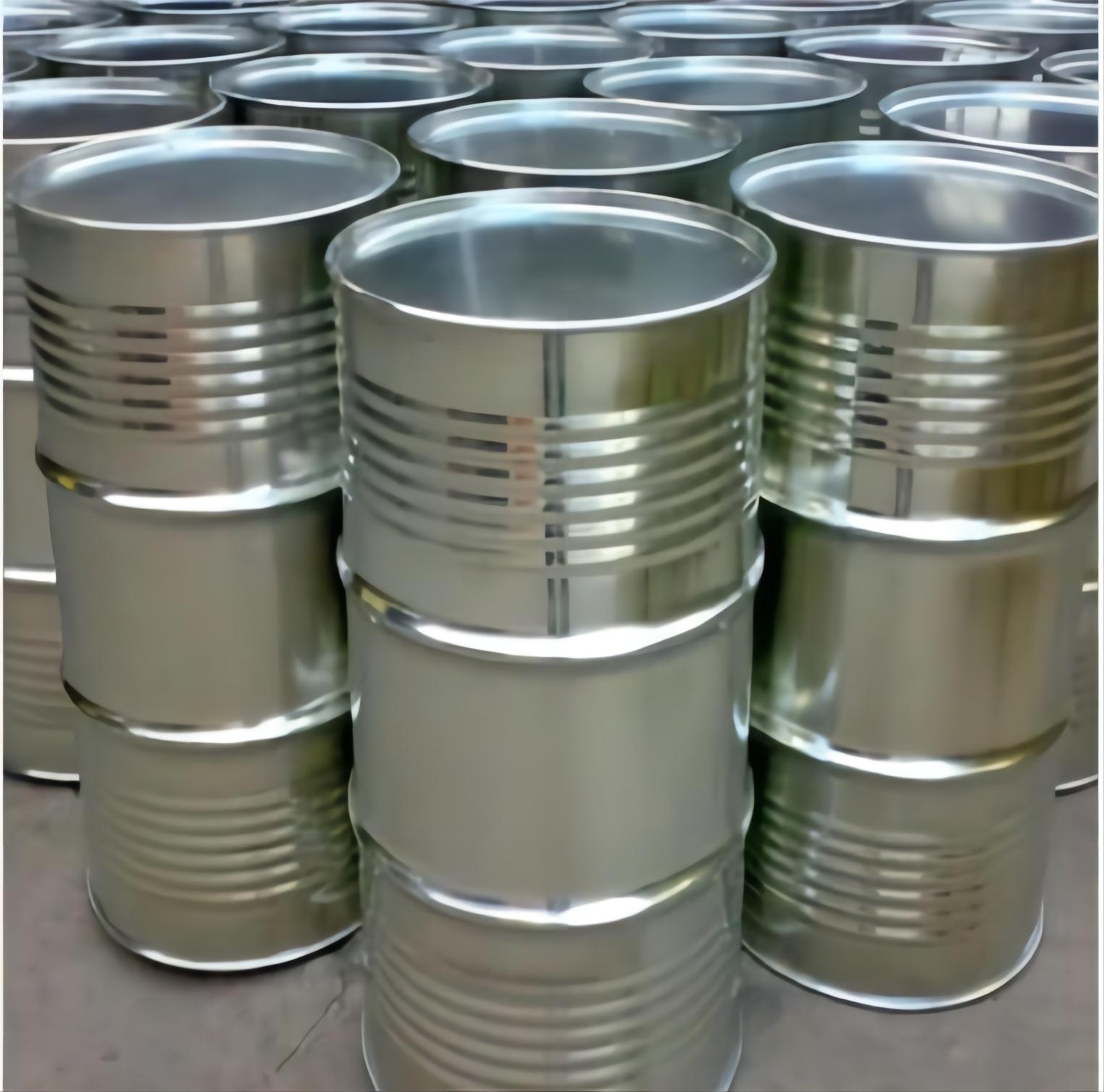
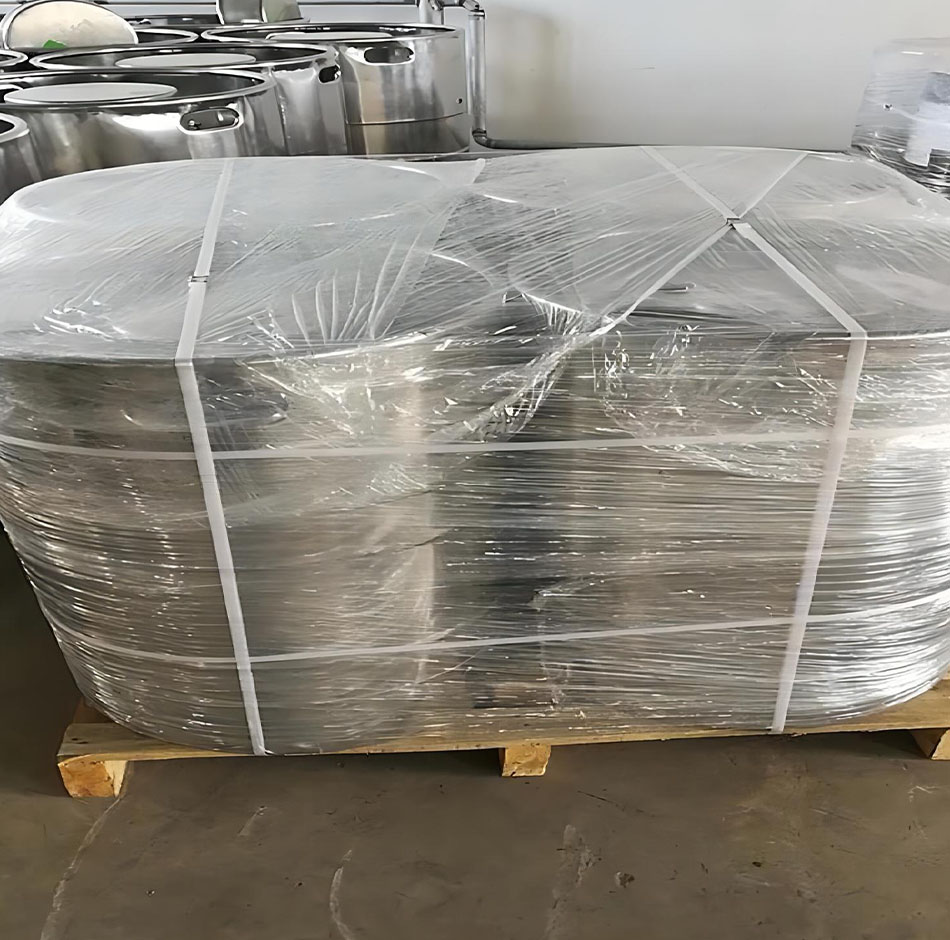
Product Application
Acrylonitrile is produced commercially by propylene ammoxidation, in which propylene,ammonia, and air are reacted by catalyst in a fluidized bed. Acrylonitrile is used primarily as a co-monomer in the production of acrylic and modacrylic fibers. Uses include the production of plastics, surface coatings, nitrile elastomers, barrier resins, and adhesives. It is also a chemical intermediate in the synthesis of various antioxidants, pharmaceuticals, dyes, and surface-active.
1. Acrylonitrile made of polyacrylonitrile fiber, namely acrylic fiber.
2. Acrylonitrile and butadiene can be copolymerized to produce nitrile rubber.
3. Acrylonitrile, butadiene, styrene copolymerized to prepare ABS resin.
4. Acrylonitrile hydrolysis can produce acrylamide, acrylic acid and its esters.

